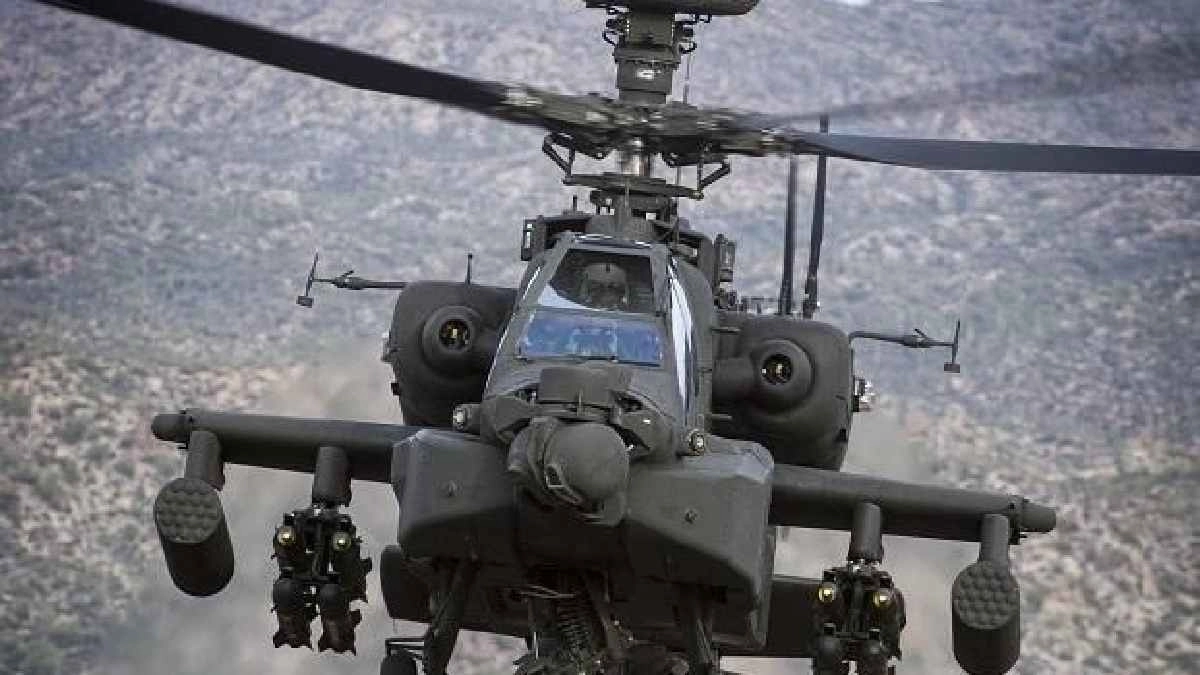After a delay of over 15 months, the Indian Army is set to receive its first batch of Apache AH-64E attack helicopters from the United States. The advanced helicopters, which are expected to enhance the Army’s firepower along the western border, are likely to arrive this month, according to defence sources.
The delivery comes as part of a $600 million contract signed between India and the U.S. in 2020, under which six Apache helicopters were to be supplied to the Army Aviation Corps. The original timeline had projected deliveries between May and June 2024. However, global supply chain disruptions and technical setbacks on the manufacturer’s end caused repeated delays, pushing the expected date to late 2024 and beyond.
Now, sources indicate that the first three helicopters are expected to be delivered in the coming weeks, with the remaining three scheduled for later this year.
Apache Squadron Raised but Grounded
The Indian Army had officially raised its first Apache squadron in Jodhpur in March 2024. However, more than a year later, the unit remains inactive as the helicopters have yet to arrive. The squadron was intended to be a critical component of India’s response force on the western front, particularly following the increased military emphasis under Operation Sindoor.
What Are Apache Helicopters?
The Apache AH-64E is widely regarded as one of the most advanced and lethal multi-role attack helicopters in the world. Developed by Boeing, it features a combination of firepower, agility, and cutting-edge technology.
Equipped with Hellfire missiles, 70mm rockets, and a 30mm chain gun, the AH-64E is capable of engaging ground targets, armored vehicles, and even low-flying aircraft. Its advanced sensors, targetting radar, and night vision capabilities make it suitable for operations in all conditions, including high-altitude environments and low-visibility combat zones.
In addition to offensive roles, the Apache’s survivability features—including crash-resistant structures, redundant flight systems, and infrared suppression—make it a highly reliable platform in modern warfare.
Army Strengthens Air Power Along Western Front
Until now, the Apache has been operated only by the Indian Air Force, which received 22 of the helicopters as part of a separate 2015 agreement. The Army’s upcoming induction marks the first time it will field its own Apaches, allowing for independent offensive air operations in coordination with ground forces.
The helicopters are expected to play a vital role in addressing security concerns along India’s western borders, especially in regions where rapid response and high-precision strikes are essential.
Wider Role of Army Aviation Corps
Apart from the incoming Apaches, the Army Aviation Corps already operates a versatile fleet that includes the ALH Dhruv for transport and reconnaissance, the weaponised Rudra variant for close air support, the Light Combat Helicopter (LCH) for high-altitude operations, and utility helicopters like the Cheetah and Chetak.
It also deploys Mi-17s for logistics and casualty evacuation, Dornier 228 fixed-wing aircraft for transport and communication, and surveillance drones such as Heron and Searcher for battlefield awareness.
Strategic Significance and Future Outlook
The long delay in Apache deliveries has highlighted challenges in foreign military procurements, but officials believe the induction comes at a crucial time. With increased security demands along the western sector, these helicopters are expected to provide a significant tactical advantage.
The Army is now focusing on integrating the Apaches into active operations soon after their arrival, with plans to fully operationalise the Jodhpur-based squadron by the end of the year.


